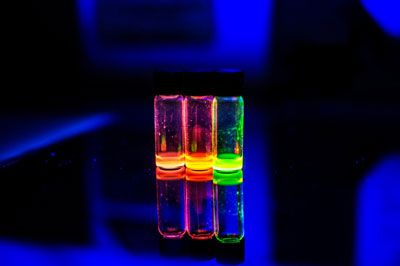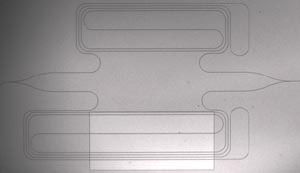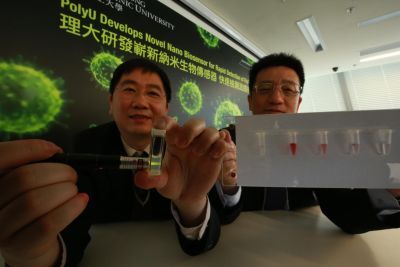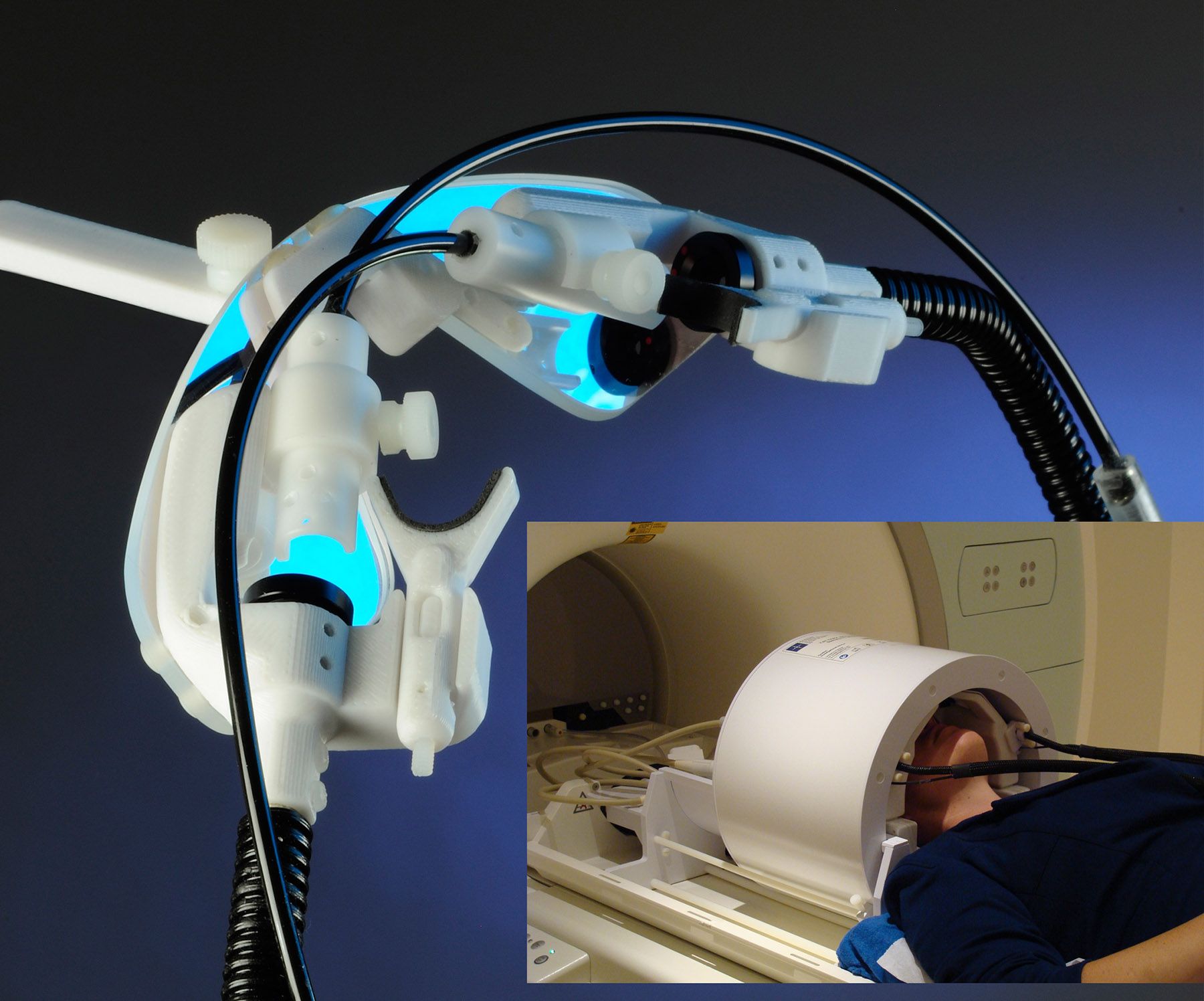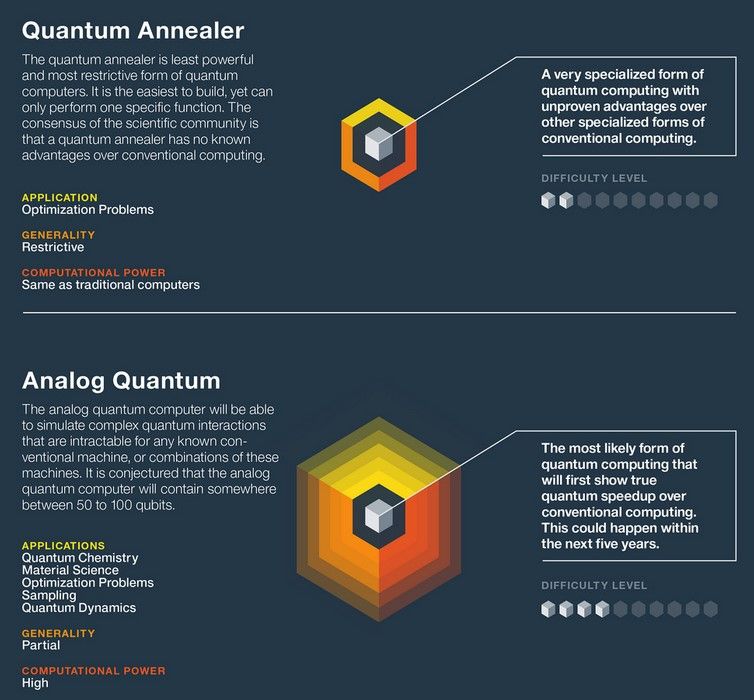Mar 14, 2016
‘Sweet’ quantum dots light the way for new HIV and Ebola treatment
Posted by Karen Hurst in categories: biotech/medical, quantum physics
A research team led by the University of Leeds has observed for the first time how HIV and Ebola viruses attach to cells to spread infection.
The findings, published today in the journal Angewandte Chemie (“Compact, Polyvalent Mannose Quantum Dots as Sensitive, Ratiometric FRET Probes for Multivalent Protein-Ligand Interactions”), offer a new way of treating such viruses: instead of destroying the pathogens, introduce a block on how they interact with cells.
Continue reading “‘Sweet’ quantum dots light the way for new HIV and Ebola treatment” »
